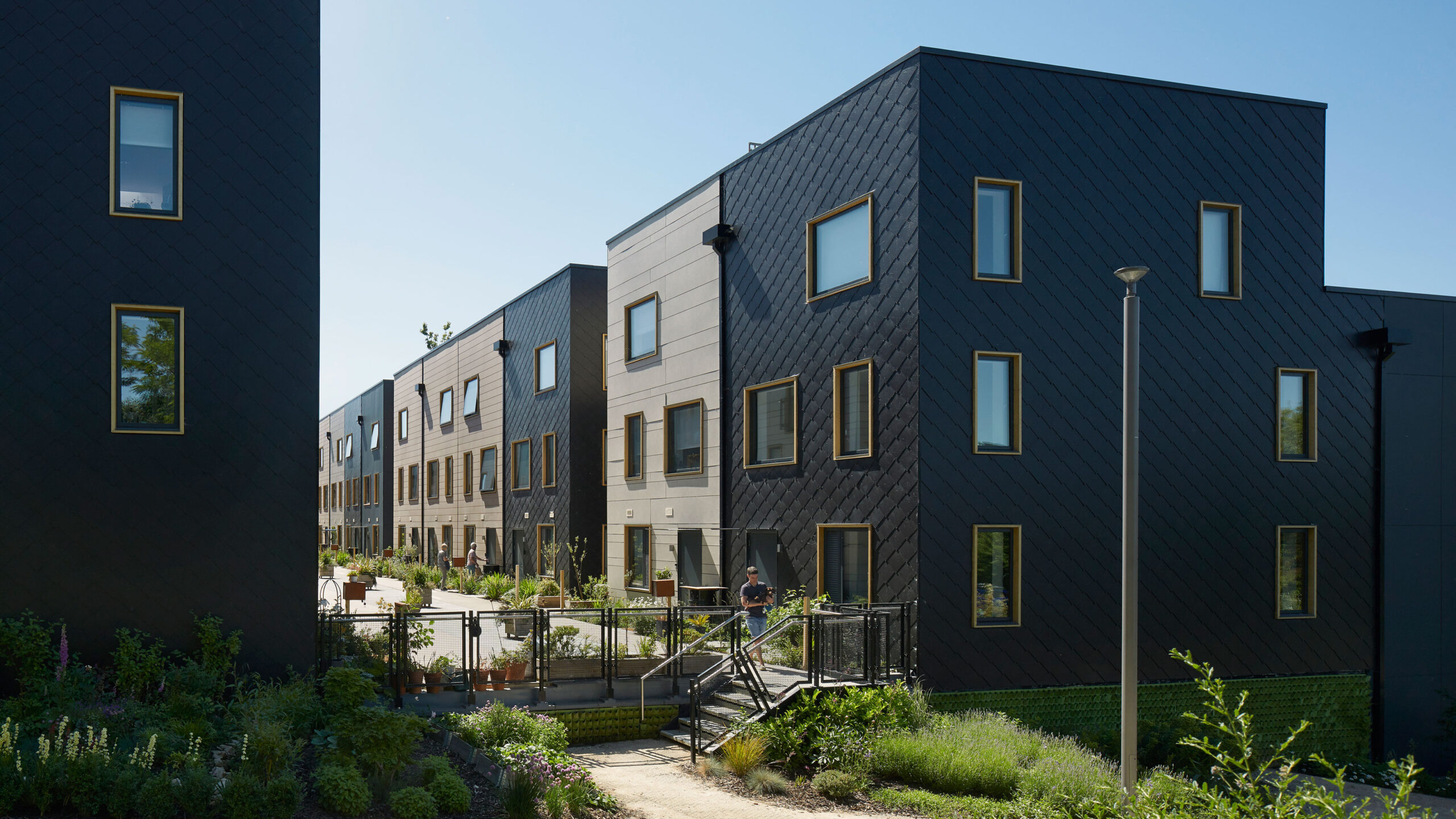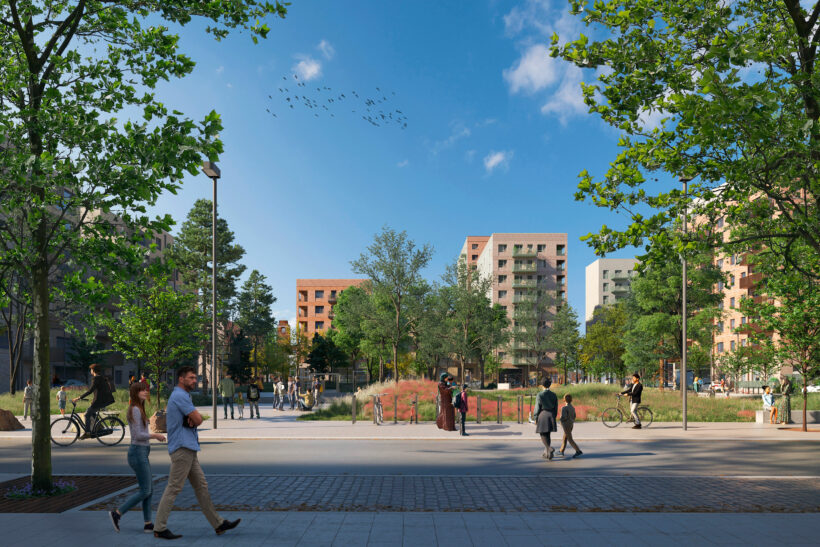In relation to the built environment, we have witnessed a uniquely uncompetitive and generous attitude amongst my industry peers who are developing tools, guidance and policy recommendations to address the impact our industry has on the climate challenge. This work has been undertaken collaboratively, and made open source, by climate-concerned volunteers who understand the need to act now in order to mitigate greater challenges to come. We do not believe this responsibility should be left to individuals and the private sector. We hope that the demands that have been made by industry in the lead up to COP 26 will be considered by government.
This sentiment relates to a broader issue: the difficulty of engaging the public in climate activism and to participate in democratic decision making; the issue is one of not feeling heard.

